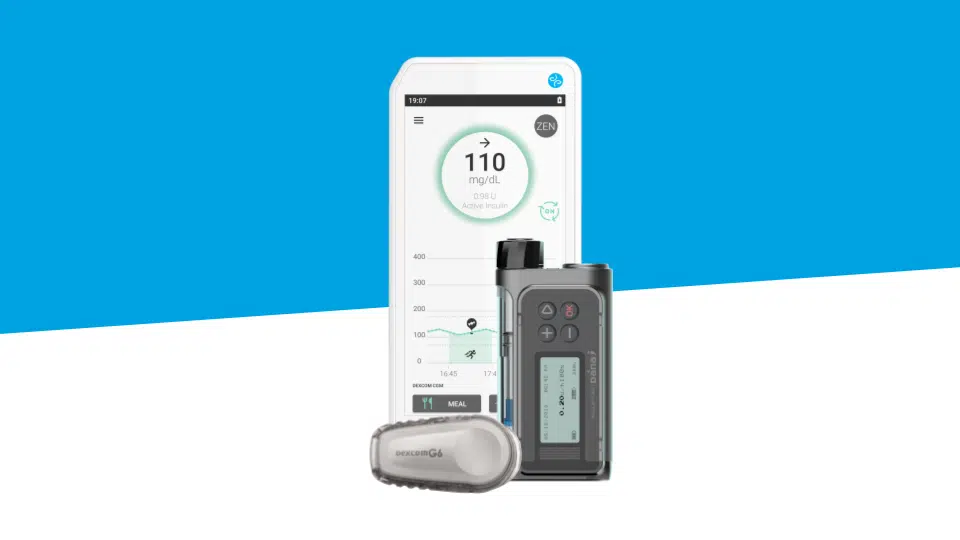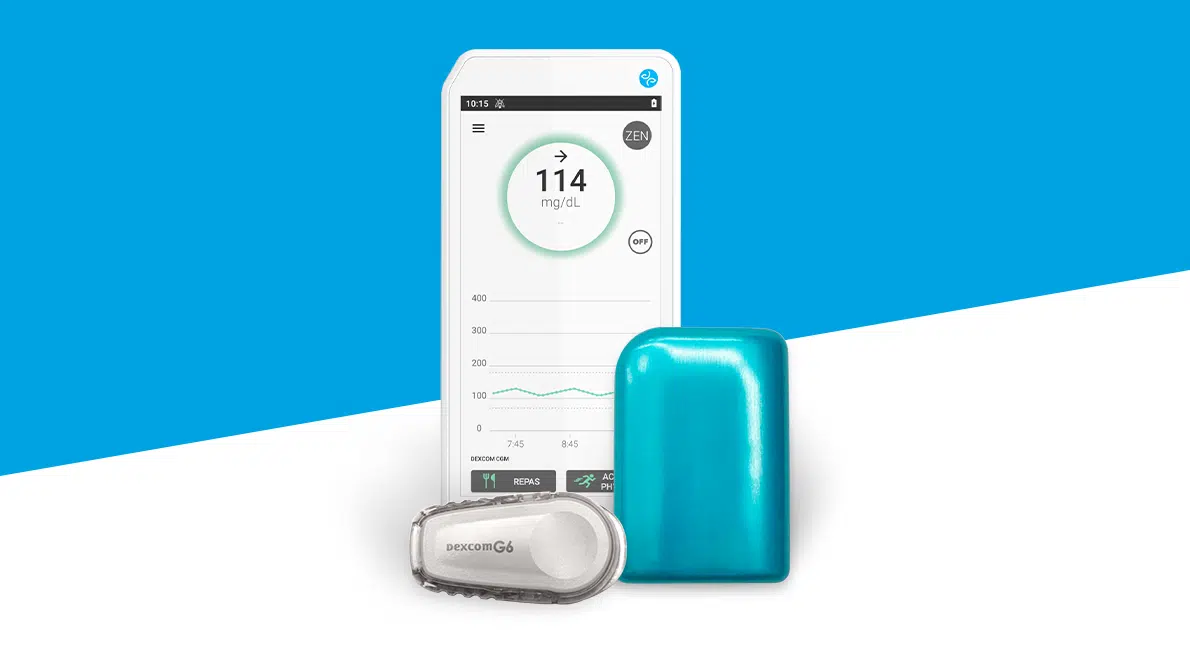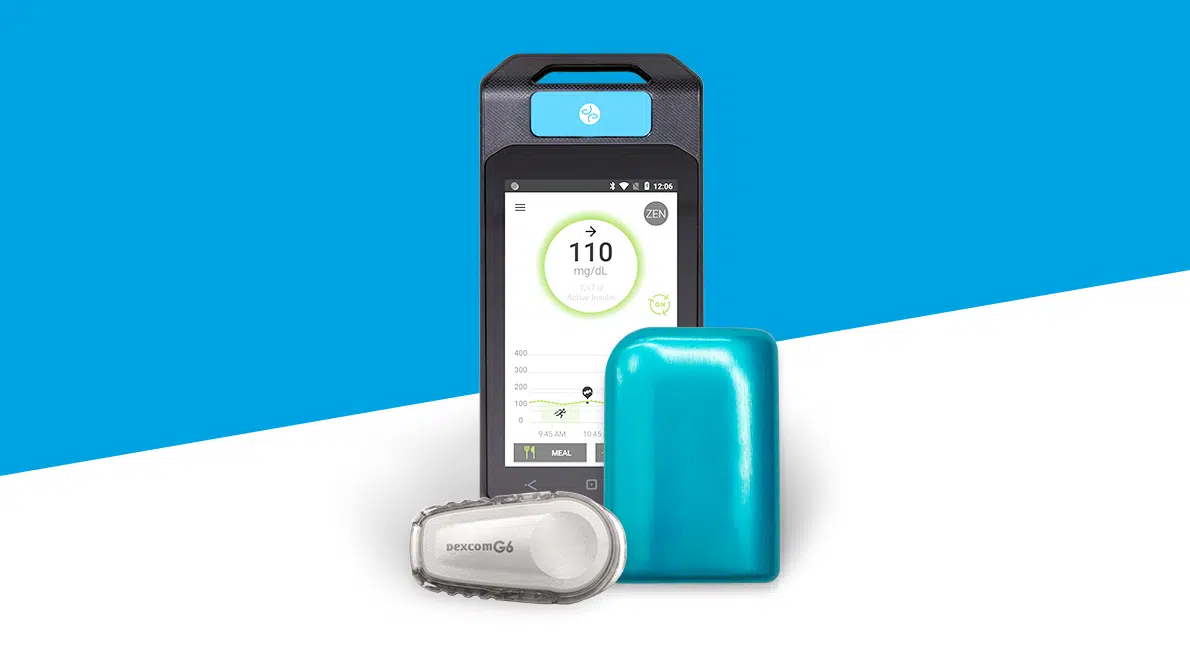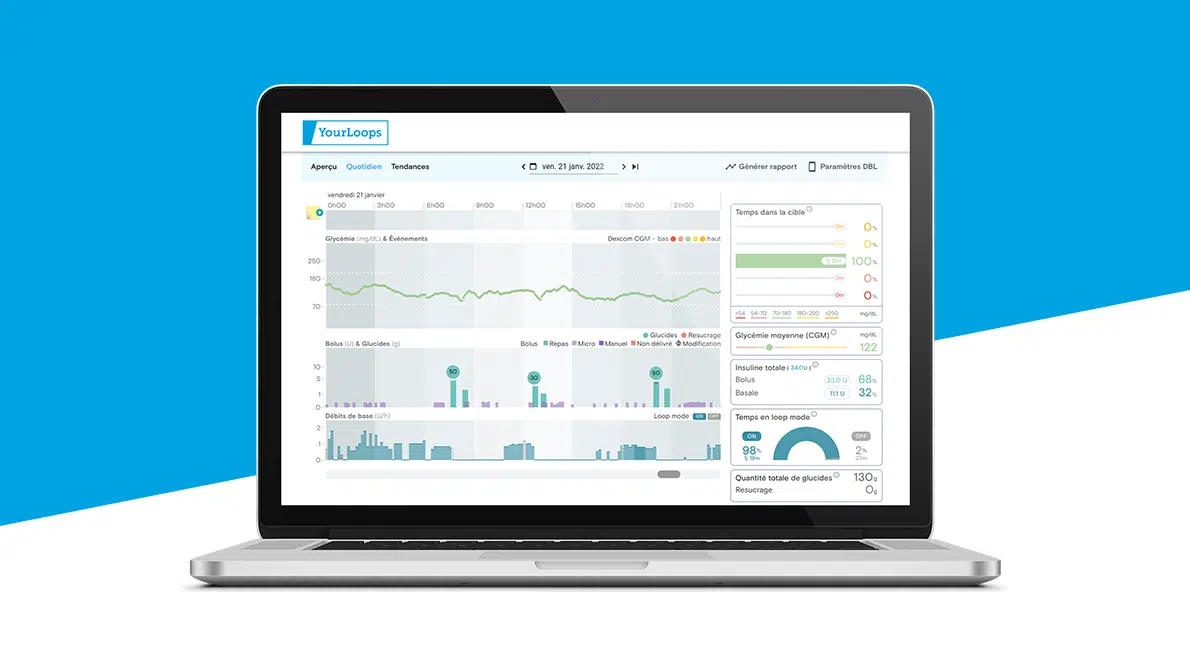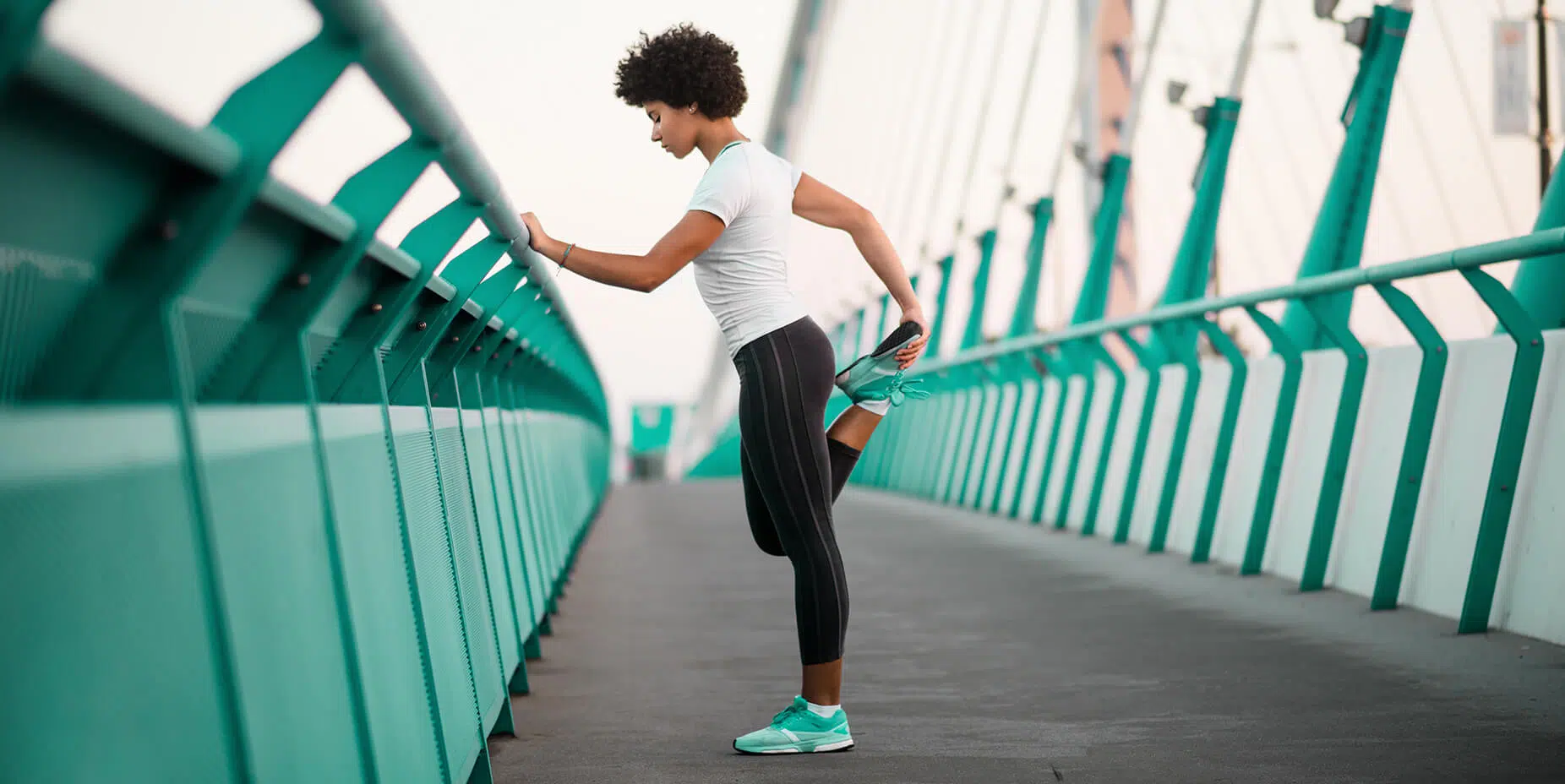
Type 1 Diabetes And Running: Start At Your Own Pace
Regular physical activity is generally recommended. When you have Type 1 diabetes, it can also help to regulate blood sugar levels. After a required period of adjustment and some experimentation to better understand your body’s reactions, running will no longer surprise you. So don’t let the fear of hypoglycemia stop you from putting on your sneakers!
Physical Activity And Blood Sugar
Physical activity induces different hormonal changes. It is associated with two risks when dealing with Type 1 diabetes : hypoglycemia and hyperglycemia. The first is related to increased glucose consumption by the muscles and can occur up to 48 hours after exercise. The second is less frequent, but can still happen. Hyperglycemia can occur due to the adrenaline rush that is sometimes experienced during a sporting competition. It is more common when the activity is intense, anaerobic and long. As such, the effects effects of running on Type 1 diabetes can be different from one person to another.
Read more: Type 1 Diabetes And Sports: How To Exercise Safely?
You Just Started Running
The golden rule is: go at your own pace. Start with small workouts and gradually increase your effort. These first training sessions allow you to better understand your body’s reactions to exercise.
Test your blood glucose levels systematically before and after each run to assess the impact of physical activity on your blood glucose level. Keep a notebook indicating the duration, intensity (felt), and snacks consumed. You will learn your physiological reactions and can determine your optimal pre-run blood sugar level.
Before Running With Type 1 Diabetes, Be prepared
During exercise, intestinal absorption is decreased; the longer the distance, the less effective the absorption will be. It is therefore advisable to eat 2 to 3 hours before the outing, and to choose a meal with complex carbohydrates (whole grains, bread…).
In your running bag or belt pack:
- a blood glucose monitor
- sweet snacks (cereal bars, banana)
- treatments for lows (glucose tablets or gels that are quickly absorbed)
It may be advisable to consult a doctor to assess your state of health. They can give you valuable advice on the best times to run and help you adjust your insulin doses. For example, some runners with Type 1 diabetes reduce the basal rate of their pump up to 1 hour before a race.
Read more: Treating Diabetes: Insulin Pen Or Pump?
During The Tun
Let’s go! The important thing is to listen to your body and stop the effort as soon as the first symptoms appear. If you have a hypoglycemic episode, treat your low immediately using your prescribed treatment method to get your sugar back in range. Only return to your run if you feel better.
Read more: Rescue Carbs, Snack: What Are We Eating?
Do not hesitate to test your blood sugar in the middle of your outing. Movement and sweating can make it difficult to identify symptoms. Remember to hydrate regularly, especially in hot weather.
After Running
As muscle sensitivity to insulin increases several hours after you finish exercising, it is recommended to reduce your insulin doses after a run. For example, the evening meal insulin to carb ratio will likely be reduced if you went running in the afternoon.
Note that hyperglycemia may occur during the recovery phase (3 to 6 hours after exercise, and up to 24 hours). This is referred to as a “glycemic bounce”.
After a running session, carbohydrate requirements are generally higher because the glycogen stored in the muscles and liver must be renewed. On the menu: protein and starches to recharge your batteries!
Get Inspired And Find A Coach
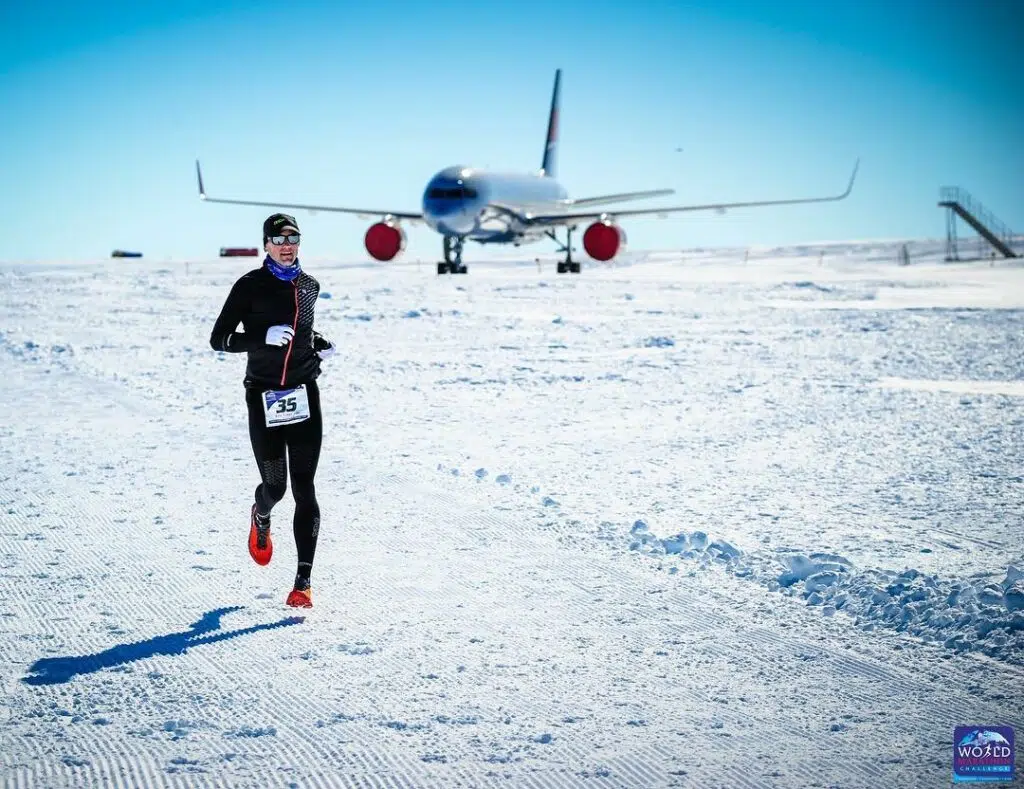
When I began this journey, one of my biggest hurdles was overcoming the fear and uncertainty around running 7 marathons, on 7 continents in 7 days, with Type 1 diabetes. Was it safe? Would my body hold up? Would my type 1 diabetes spin out of control? I had never ran back-to-back marathons. I had never even completed 7 marathons total in my life. There were lots of reasons, or excuses, to not even sign up in the first place. But how often do we get to test our limits and discover what we are capable of?! Running this first marathon in Antarctica may have been the official start of the @worldmarathonchallenge777 , but my journey began long before and this kicked off one of the most memorable adventures of my life. It was thrilling to represent everyone living with T1D and show the world what we can achieve if we have the courage to take that first step. 🏃🏻♂️❄️
World Diabetes Tour: a website dedicated to physical challenges and trips for people living with Type 1 diabetes. An international community with dedicated programs and full of advice.



